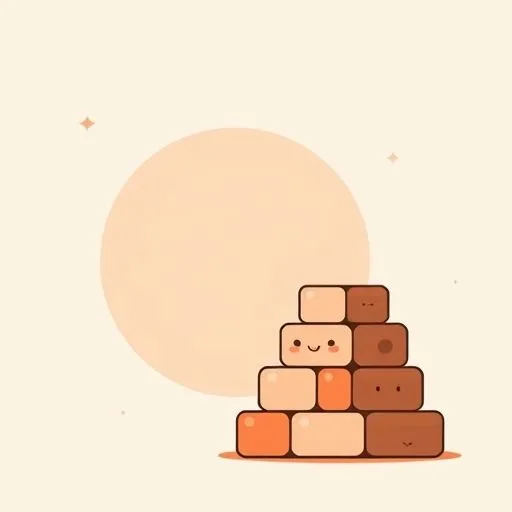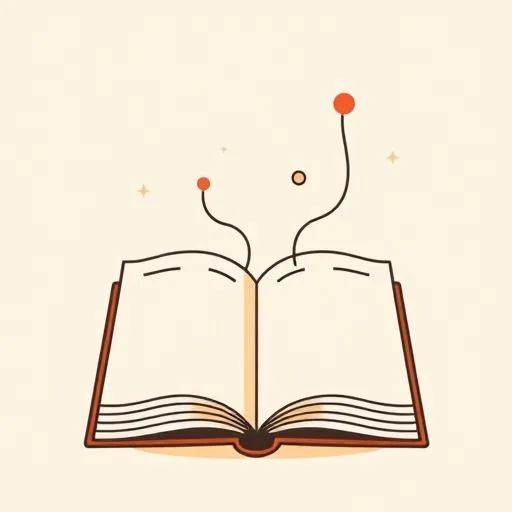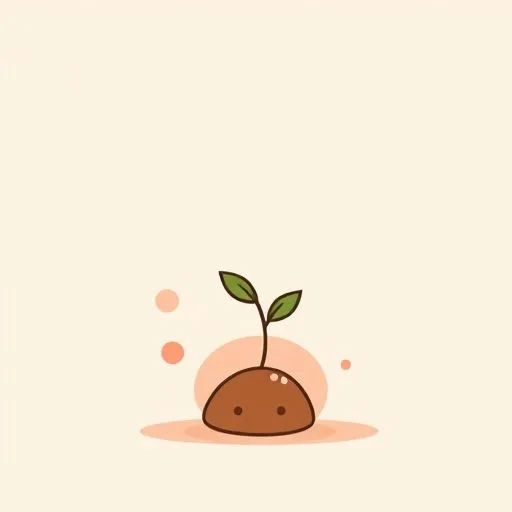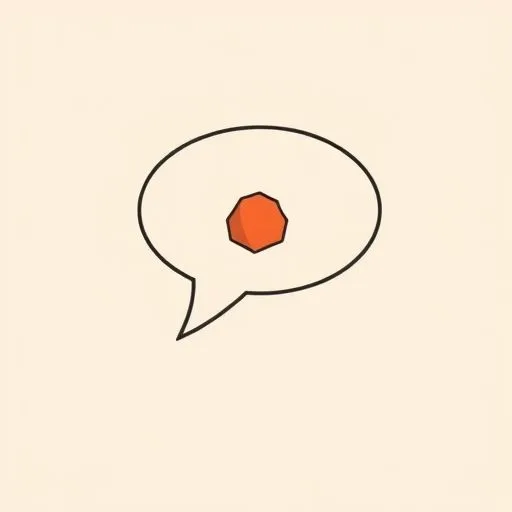
You know that feeling when you’re trying out a new app or tool, convinced it’ll save you time—only to find yourself spending hours figuring it out while bedtime stories wait? Well, guess what: you’re not alone! I still remember the first time I tried an AI tool—my daughter watched me fumble for 30 minutes before she burst out laughing. That moment taught me more than any study ever could. Recent research shows something that might just make you breathe a sigh of relief: when developers use AI tools, they actually take 19% longer than without them. That’s right—sometimes the very tools promising efficiency are quietly eating into our precious family time. And you know what’s wild? That very slowdown might be our secret weapon for reclaiming bedtime stories!
Why Do New AI Tools Slow Us Down by 19%?

Imagine this: you’re packing lunches while simultaneously helping with homework, and you decide to try that new meal-planning app everyone’s raving about. Two hours later, you’re still configuring preferences while the sandwiches sit unmade. Sound familiar? That’s exactly what researchers found happening with AI development tools—the learning curve and setup time often outweigh the immediate benefits.
But here’s what really hit home for me: it’s not about the tools being ‘bad.’ It’s about us being human! We need time to adapt, to learn, to make these technologies work for our unique rhythms. Just like how our kids need time to master tying their shoes or riding a bike, we need grace periods with new tech.
The study randomly assigned developers to work with or without AI assistance, and those using tools like Claude 3.5 actually took longer. Not because they weren’t capable—but because integration takes time. It’s like watching my daughter learn to read: the first books take forever, but once she finds her flow? Pure magic!
Startup vs Enterprise AI Adoption: Lessons for Families?

Here’s where it gets fascinating: startups are jumping on AI tools 20% more than established companies. Why? Because they’re willing to embrace the messy learning phase for potential long-term gains. Enterprises? They move cautiously, with security checks and gradual implementation.
This mirrors our family tech journeys perfectly! Some households dive into every new educational app or smart home device, while others take measured steps. Neither approach is wrong—it’s about what fits your family’s rhythm.
I’ve learned that with our daughter, we balance between embracing new learning tools and protecting unstructured play time. Some weeks, we’re all about that new coding game; other weeks, it’s just crayons and imagination. Both are valuable, both teach different skills.
The research shows compatibility with existing workflows drives adoption more than perceived usefulness. Translation: if it doesn’t fit into your family’s natural flow, it might not stick—and that’s okay! Forced tech adoption is like forcing broccoli: sometimes it works, sometimes it creates dinner table standoffs.
How Can Parents Turn Tech Slowdown Into Superpower?

So how do we navigate this world where tech promises efficiency but often demands patience? Here’s what I’ve learned through trial and error (and many deep breaths):
Embrace the learning curve as family time. Instead of seeing tech setup as ‘wasted’ time, frame it as collaborative exploration. When we tried a new family organizing app, we made it a Saturday morning kimchi-pancake project with our daughter—turning frustration into connection. It wasn’t just breakfast—it was a delicious reminder that every messy experiment plants seeds of hope and resilience.
Set realistic expectations. That new AI tool might eventually save time, but acknowledge the upfront investment. It’s like teaching our kids to clean their rooms: initially it takes longer to show them how, but eventually they’ll do it independently.
Protect tech-free zones. Since AI integration can extend work time, consciously create device-free spaces. For us, it’s the dinner table and bedtime stories—no exceptions. These boundaries ensure tech serves us, not the other way around.
Celebrate small wins. When you do master a new tool, acknowledge it! We do a little dance when we finally configure something properly. It models resilience and joy in learning for our kids.
The Beautiful Paradox: Slower Now, Richer Later

Here’s the secret the research reveals: that 19% slowdown isn’t failure—it’s investment. It’s the necessary phase before breakthrough. Like watching our children struggle with math homework before that glorious ‘aha!’ moment, tech adoption has its own rhythm.
What if we viewed this not as wasted time, but as planting seeds? What if this slowdown is just tech’s version of a toddler’s temper tantrum—annoying in the moment, but teaching us precious lessons? The patience we cultivate while learning new tools models something profound for our kids: that growth often looks messy before it looks magical.
I’ve noticed that when I’m patient with technology, I’m more patient with parenting challenges too. That frustrating app configuration teaches me the same muscle as navigating a seven-year-old’s big emotions: breathe, persist, adapt.
The researchers call this early 2025 snapshot just that—a moment in time. As AI evolves, so will our relationship with it. The key isn’t rejecting technology, but approaching it with eyes wide open: knowing that every tool has both promise and price.
Your Family’s Tech Journey: Questions to Consider Together

As we navigate this evolving landscape, here are some questions that might spark meaningful family conversations:
What tech truly enhances our time together? For us, video calls with grandparents are non-negotiable joy—worth any setup frustration.
Where do we need to set better boundaries? We realized evening screen time was creeping into story time, so we created a ‘tech curfew’ an hour before bed.
How can we make learning new tools a shared adventure? We turn app exploration into detective games: ‘What cool feature can we discover today?’
When do we need to say ‘not yet’? Some technologies wait until our daughter is ready. Just because it exists doesn’t mean it belongs in our home today.
Remember: you’re not falling behind if new tools take time to master. You’re practicing wisdom—valuing both innovation and intention, both progress and presence.
